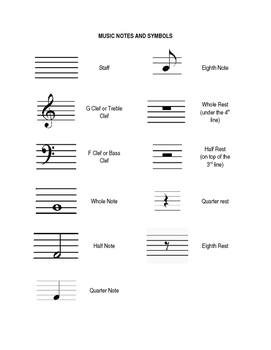
Only having 2 fingers on the keys at any time provides some trouble with jumpstream and fast jump patterns as well as hands and quads. Trills and running men are very easy.ĭisadvantages: The clutter effect: Your hands get in the way of each other trying to operate in such a limited space. Fast streams and tricky patterns usually aren't a problem. Index: This is one of the more common play styles where you use your two index fingers on the arrow keys (or another key setup similar to the arrow keys).Īdvantages: It gives you the "2 feet" feel as well as allowing you to have speed. Please keep in mind this is a keyboard game and most of the songs are not meant to be played on a dance pad. Only using 2 fingers (especially on 1 hand) translates to not having very much speed, and it's also extremely difficult to hit hands and quads with this style. This style involves using your index and middle finger on the arrow keys.Īdvantages: Gives you a challenge while still trying to maintain the challenges of playing with your 2 feet.ĭisadvantages: This style can be extremely tricky when attempting some patterns. One hand 2-fingers: This is a very rare play style, but some people use it to simulate your two feet dancing on a dance pad. It's also difficult to gain muscle memory seeing that certain keys might be hit with one finger some of the time and a different finger other times. One hand 3-fingers: This style is generally adopted by new players and involves using your index, middle, and ring finger on the arrow keys.Īdvantages: Allows new players to get a feel for the game.ĭisadvantages: I find it rather difficult to hit speedy sections accurately using this method.


Here is a quick reference on the different styles of play: I will also be using some terms in regards to the different playing styles with respect to some of the different patterns mentioned later on.
TYPES OF MUSICAL NOTEA FREE
NOTE: If at any time you run into a term you don't understand early in the post, it will probably be explained later in the post, so feel free to CTRL F it quickly and return to your previous spot once you understand the concept.Ī quick reference: I will be using the number 1 in place of the left arrow, 2 in place of the down arrow, 3 in place of the up arrow, and 4 in place of the right arrow. All examples will include either a picture or a gif file to help you fully understand them. In B ♭ blues.Hello and welcome to the Official FFR Picture Dictionary! In this thread, there will be several examples of the different terminology used in this game. Etta James: ‘I'd Rather Go Blind’, 1968.Chords are usually based on different scales than the blues scale. The blues scale is common in blues, jazz, country, rock, and funk and is used especially in melodies and improvisation. On a piano you can’t vary the pitch of the individual notes, and therefore you have to play the notes in the standard way. Blue notes can be sung and played on most wind instruments and string instruments. When the notes are played and sung this way, they are called blue notes.īlue notes are characteristic of blues and can be used in combination with both major and minor chords. Typically, these three notes are not played and sung entirely in tune, but as something between minor and major third, diminished and perfect fifth, and minor and major seventh. Below is a C harmonic minor scale:Ī characteristic of the blues scale is the minor third degree, the diminished fifth degree, and the minor seventh degree. The scale corresponds to a natural minor scale with a raised seventh degree. Harmonic minor scaleĪ harmonic minor scale consists of seven different notes in the pattern 2-1-2-2-1-3-1. For example, the C minor scale is parallel to C major. A major scale and a natural minor scale are parallel to each other when they share the same root note. For example, the A minor scale is relative to C major. Each major scale has a relative minor scale starting on the sixth degree of the major scale. In A natural minor.Ī major scale and a natural minor scale are relative to each other when they share all the same notes. Yann Tiersen: ‘La valse d'Amélie’, 2001.


It is one of the most common scales in classical and popular music in most parts of the world. A characteristic of the natural minor scale is the minor third degree, which characterizes minor, and the minor seventh degree, by virtue of which the scale has no leading tone.


 0 kommentar(er)
0 kommentar(er)
